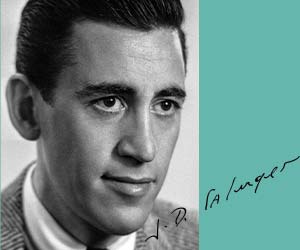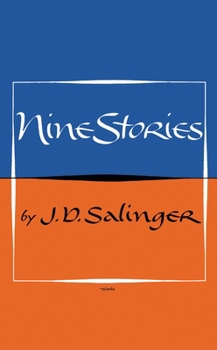Nine Stories
Select Format
Select Condition 
Book Overview
The "original, first-rate, serious, and beautiful" short fiction (New York Times Book Review) that introduced J. D. Salinger to American readers in the years after World War II, including "A Perfect Day for Bananafish" and the first appearance of Salinger's fictional Glass family.
Nine exceptional stories from one of the great literary voices of the twentieth century. Witty, urbane, and frequently affecting, Nine Stories sits...
Customer Reviews
A+
Short Stories That are Perfect for Leisurely Reading
'For Esme with Love and Squalor'
Salinger's Best Novel?
Looks deeply at our society
Nine Stories Mentions in Our Blog

It was 74 years ago on January 31, when J. D. Salinger’s short story A Perfect Day for Bananafish appeared in The New Yorker. The story introduces Seymour Glass, a recurring character in many of Salinger’s subsequent stories along with his large quirky family. Here we share more about the author and his favorite subjects.






